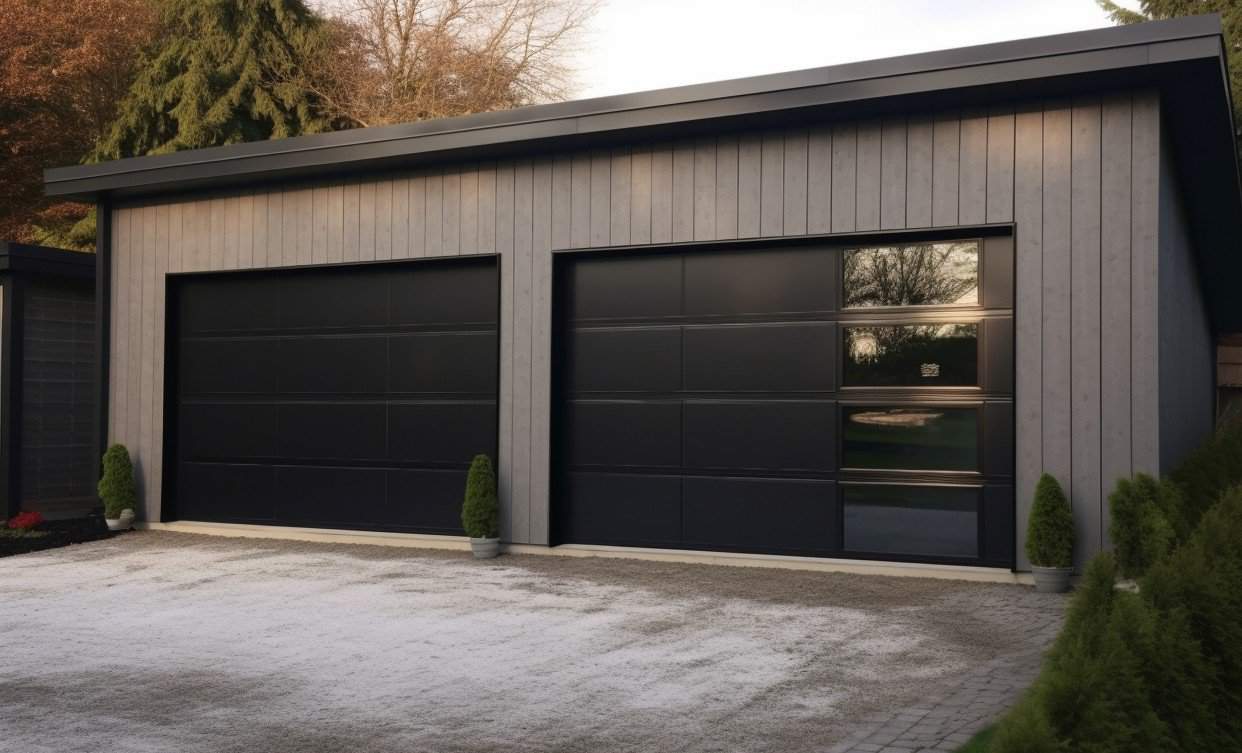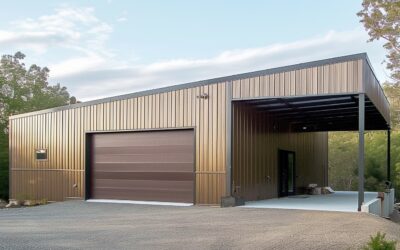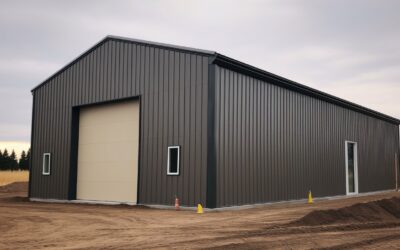Steel Silos: A Sustainable Solution for the Future of Farming
Steel silos have become a major player in supporting sustainability in agriculture, impacting both small-scale and big-scale farming operations around the globe. The introduction of these modern structures has been hailed as a game-changer in sustainable farming practices, not only for their durability but also for their significant role in enhancing efficiency and minimizing waste. But just how does this modern evolution of steel shaping farm facilities contribute to steel silos sustainability?
Before we dive into the core of this discussion, let us ask ourselves one crucial question: what does sustainability mean in the context of agriculture? Essentially, it’s about efficient and effective utilization of resources in farming practices, while minimizing waste, increasing productivity, and ensuring longevity. And in the spotlight today, taking center stage, is none other than the steel silo. This agricultural innovation is not just transforming the visual landscape of farms, but also breathing life into sustainable farming practices.
Understanding Steel Silos and Their Role in Sustainable Farming
Steel silos are storage structures, predominantly used in agriculture, for storing bulk contents such as grains, fermented feed called silage, and other agricultural produce. These structures are made out of corrugated galvanized steel and are known for their long-lasting durability. However, beyond their primary function as storage facilities, the use of steel silos has far-reaching impacts on farming sustainability.
Let’s consider efficiency, for example. Steel silos offer an economical and efficient solution for storing grains, protecting them from pests, and keeping them dry and free from moisture. They therefore minimize waste dramatically, ensuring that the hard work put into cultivation is not in vain. This consequently leads to increased productivity and improved profitability. Is it starting to make sense now how steel silos are creating waves in the world of sustainable farming?
Steel Silos: At The Heart of Agricultural Buildings Design
Moreover, the fact that steel silos are becoming the focal point of modern agricultural buildings design further highlights their significance in sustainable farming practices. No longer are they seen just as an accessory but rather an essential feature in farm buildings designs. This shift in perspective is solid proof of their contribution to agricultural sustainability.
But it doesn’t stop there. Steel silos also facilitate a more efficient use of land. As their vertical design allows a larger volume of storage per square meter compared to traditional storage methods, they maximize the use of space, which is especially beneficial for small-scale farmers with limited space.
Steel Silos and Their Impact on Sustainable Farming Practices
Despite their metallic structures, steel silos make an ideal choice for an environmentally friendly storage solution, which is one of the key factors driving steel silos sustainability. How so, you might wonder?
Well, let’s not forget that these silos are reusable, reducing needs for frequent manufacturing and in turn, reducing carbon emissions. And that’s not all; due to their durability, they require minimal maintenance, resulting in lower operational costs and further reducing environmental impact. The role of these steel silos in sustainable agriculture, therefore, cannot be overstated.
Therefore, it is little wonder that even Agricultural Manufacturers of Canada are incorporating steel silos in their operations, recognizing their essential role in sustainable farming practices.
Conclusion
No longer a mere farming accessory, steel silos are revolutionizing agricultures worldwide, paving a sustainable way forward. The efficiency, durability, and environmental benefits they provide are truly transformative, and it is clear that they form an integral part of the future of farming. Perhaps it’s time we look beyond the steel facades of these structures and appreciate their inarguable contribution to steel silos sustainability.
From an eco-friendly metal barn to a well-engineered steel silo, every cog in the wheel of sustainable farming counts. As we continue to navigate through the challenges of the 21st century, having a sustainable farming practice in place is not so much a choice as it is a necessity. And with advancements like steel silos, that reality is becoming more and more tangible.
In the end, the take away is this: an investment in steel silos is an investment in sustainability, a move towards a more efficient and productive farming future. Are you ready to be a part of this change?





